Cruising on the Otago Harbour
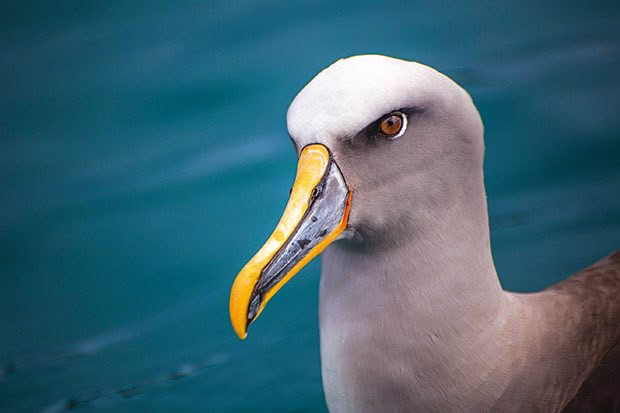
Photo: Sam McGee
A wildlife cruise on the Otago Harbour with this keen skipper could likely turn the most resolute landlubber into an ocean bird obsessive.
Words: Claire Finlayson
The skipper of the MV Sootychaser has workplace happiness nailed. “There’s no other job I want. The ocean means freedom, and it’s the one place I feel completely in my element,” says Rachel McGregor of her chosen occupation. Her office is the Otago Harbour, where she sleuths wildlife for guests in a boat named for the region’s abundant sooty shearwaters.
Rachel has honed sea nous during 18 years afloat, skippering all kinds of boats, including research, passenger, search and rescue and oil-spill recovery. She’s also fielded a fair few sexist comments along the way. When she was a pump machinery operator on a dredger, she was asked by a man whether she made the cups of tea.
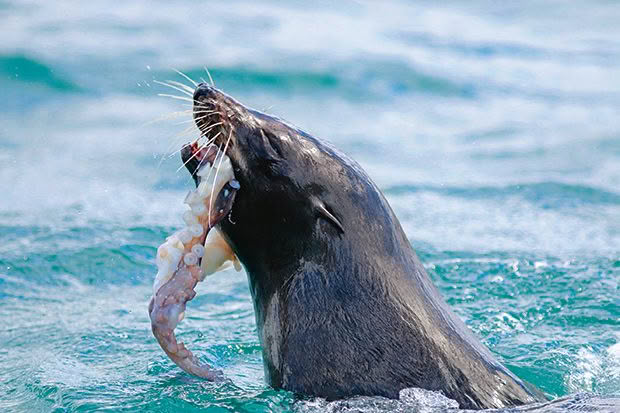
Photo: Sam McGee
“I only weigh about 50 kilogrammes, so I don’t look strong enough to do the work people expect needs to be done on a dredge.” Another chap wasn’t sure that a person without a Y chromosome should be responsible for a maritime situation. That was when she was skippering the Monarch Wildlife Cruise. “Where are all the men?” he asked and followed that with, “Is it safe?” As Rachel cast off the last line, she looked at him and said, ‘I guess you’ll find out.’”
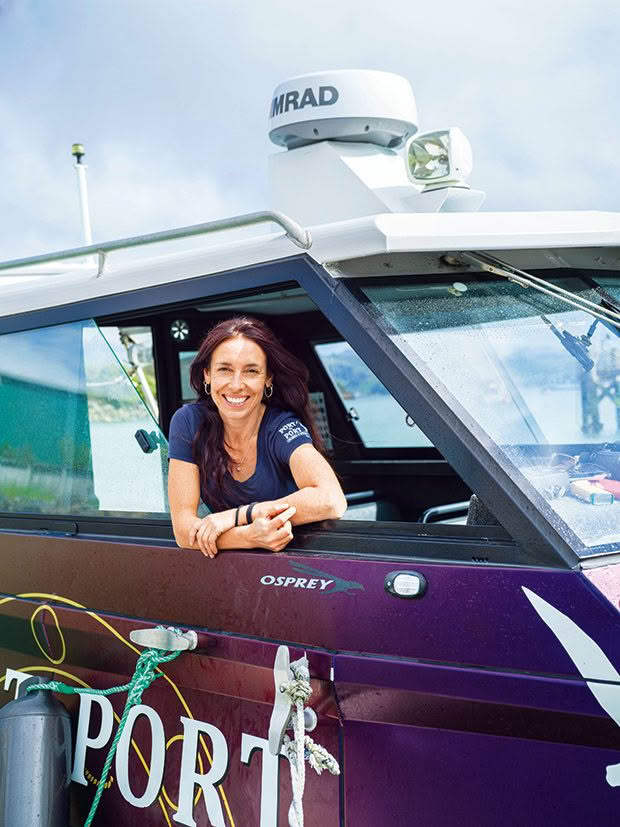
Photo: Rachael McKenna
When she decided to start her own business, Port to Port Cruises and Wildlife Tours, she commissioned the building of a perfect vessel: a nimble 8.8-metre trailer boat with a shallow draft that sits nice and
low in the water. “It means that my passengers are looking across at the wildlife rather than down on it like in most boats.” Sidling up to a buller’s albatross, nonchalant about the boat’s presence, she proves her point, and the vantage point is so good that guests properly eyeball its striking yellow-black bill and even more dramatic avian eyeshadow.
While each cruise is a lottery of nature’s whims, Rachel says a visual smörgåsbord is guaranteed. “You can’t go out there and not see anything — the wildlife is just ridiculous. On a good day, it’s like a wildlife conveyer belt because the tide and the wind take us past shags, albatross, fur seals…”
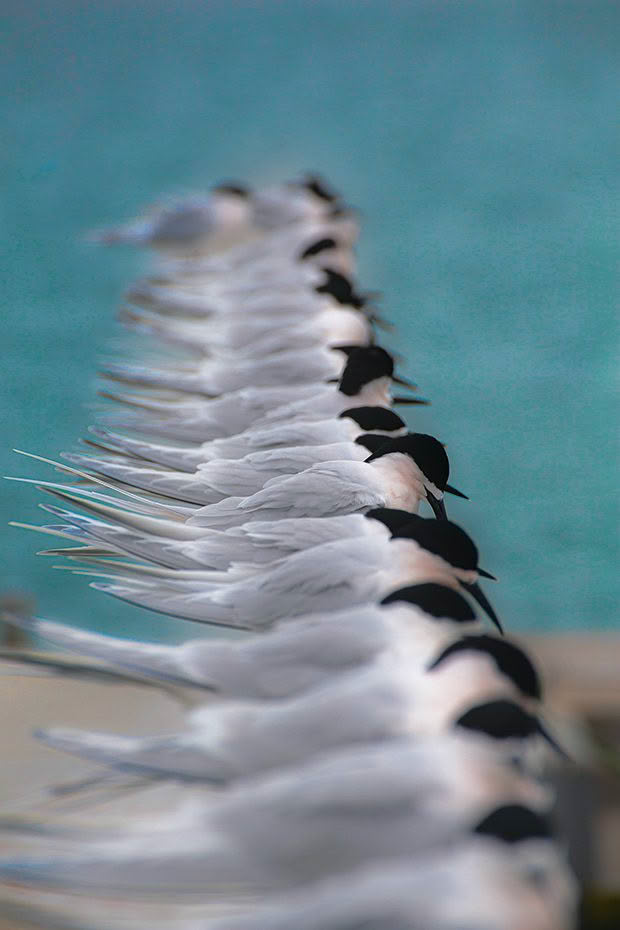
Photo: Sam McGee
With luck, a penguin or two might bob up, a sea lion might scarf down a big, chunky octopus with its suckered tentacles flying, and dolphins might come frolicking alongside.
“On every trip, we see a minimum of 13 species and a maximum of 24. About 10,000 individual birds breed on the headland, and many other animals go past looking for food.”
Rachel knows where to find that food, too. The tidelines capture plankton and krill, and these tasty hors d’oeuvres become something of an oceanic supermarket. “Sometimes, it’s as busy as Pak’nSave on a Sunday morning.”
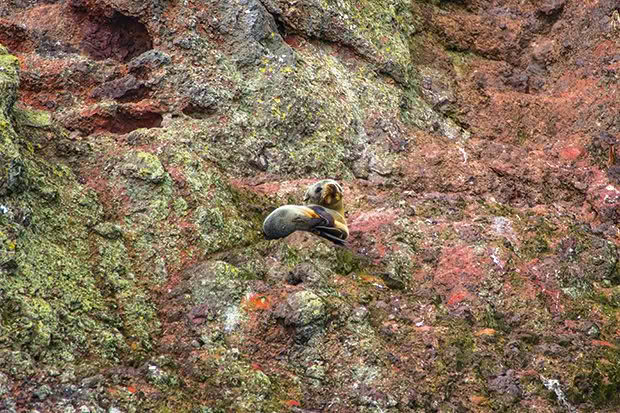
Photo: Sam McGee
Her favourite spot is Taiaroa Head at the mouth of the harbour, the only mainland colony in the world that the regal northern royal albatross deigns to visit. Rachel says that when the wind plays ball, the majestic birds zigzag back and forth in flight like they’re skiing on invisible slopes. Today, they’re not in the mood for a flight show, so Rachel points out the favoured nest sites where they lay their eggs and rear their chicks.
Next is a viewing of the boys in their bachelor pad, the haunts of the indolent male fur seals lolling on the rocks and looking like they’re getting up to no good.
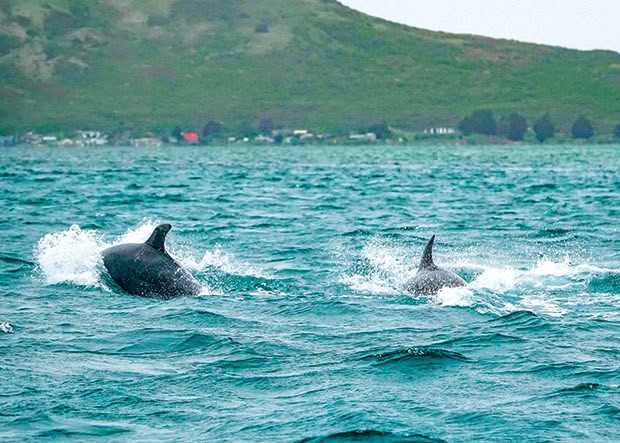
Photo: Sam McGee. Bottlenose dolphins near Port Chalmers, Otago Harbor, New Zealand.
Rachel wasn’t always so bird-smitten. When her grandfather gave her a bird book for her ninth birthday, she thought it was the most boring present ever. Only later, while working as a wildlife guide at the Otago Peninsula’s Albatross Centre, did she find her gateway drug to bird-spotting.
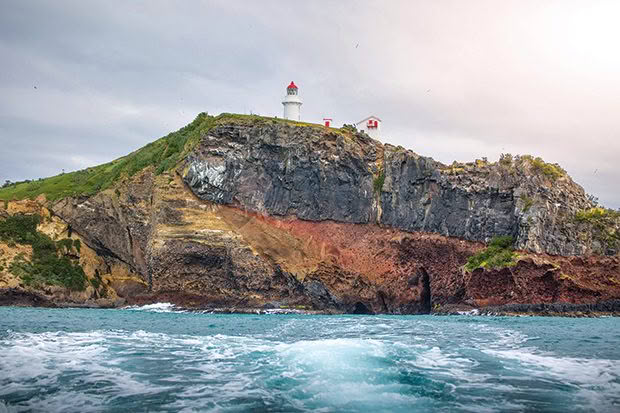
Photo: Sam McGee. Built in the 1860s, Taiaroa Head Lighthouse is the oldest working lighthouse in the South Island.
The epic three-metre wingspan of that graceful avian giant hooked her. “I didn’t realise I could be that interested in birds, and maybe because the albatross is so huge, it is almost not like a bird. They are really impressive. From there, I became passionate about sea birds in particular.”
However, it is not just the wildlife that Rachel relishes. “Even if it’s a rainy or gloomy day, being out on the water is the place to be — you’re outside and have all your senses firing. And I also like the banter with guests on the boat. I love viewing wildlife, but it feels like a waste if I haven’t got someone else to see it with. I enjoy interacting with people and being some help or service to them.”
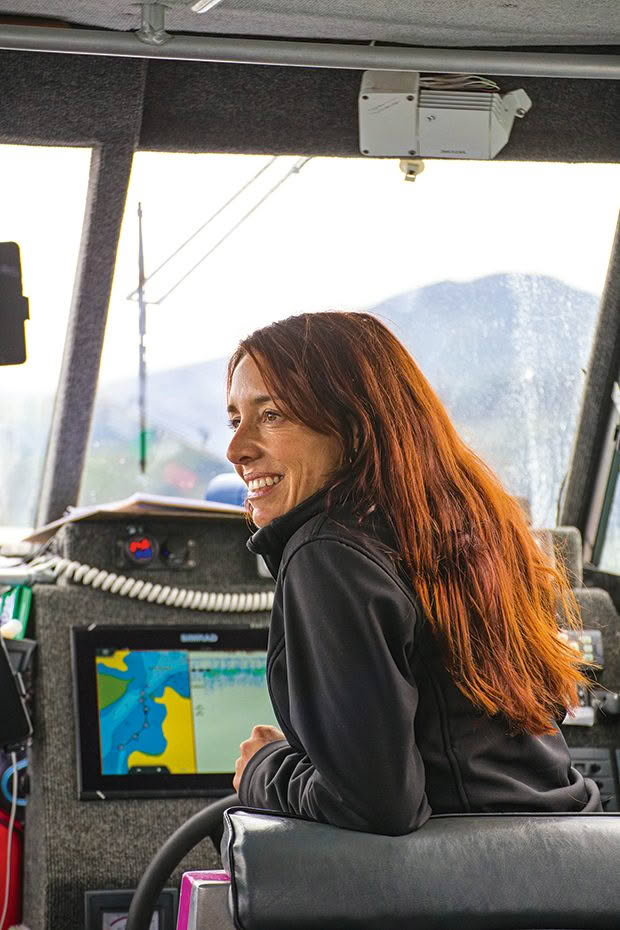
Photo: Sam McGee.
Boarding the Sootychaser is clearly safe despite its skipper being short of a Y chromosome. The only risk is the emotional contagion that a couple of hours of Rachel McGregor’s sea fervour might involve. Lifejackets don’t protect against that.
FACT BOX
Port to Port Wildlife Tour
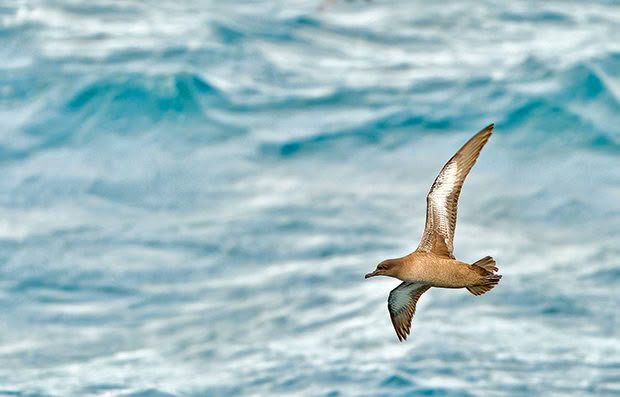
Photo: Sam McGee.
Duration: two hours
Route: the length of the shipping channel from Port Chalmers to Taiaroa Head Nature Reserve
Tour departure points: Portobello and Port Chalmers
Regular sights: albatross, seals, penguins, sea lions, petrels, royal spoonbills, shags, shearwaters, oystercatchers, cormorants.
Lucky extras: dolphins and the odd whale
Passenger numbers: 12 to 14
Love this story? Subscribe now!
 This article first appeared in NZ Life & Leisure Magazine.
This article first appeared in NZ Life & Leisure Magazine.
